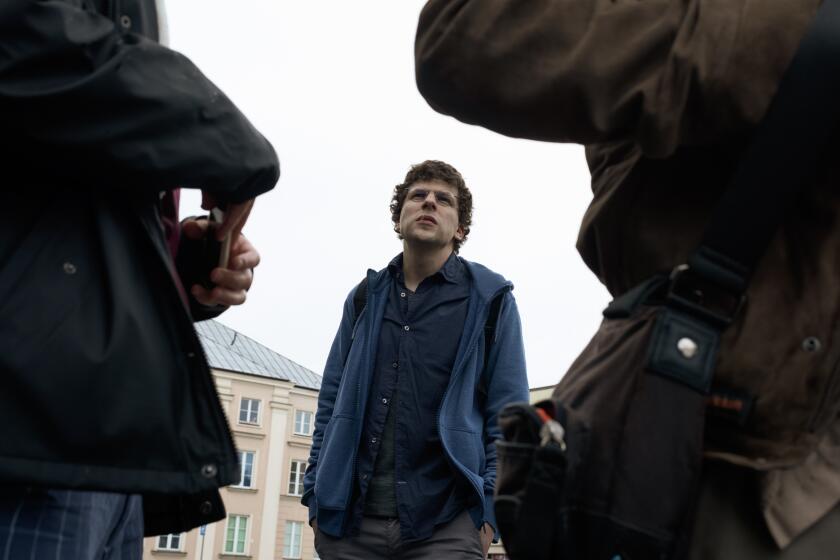Honest Portrayals of Sept. 11 Risk Pain and Anger
There is one certainty the first anniversary of Sept. 11 will bring: a plethora of memorial films and TV specials built around the still-stunning images from that day.
And there will be a second level of films that use the imagery not just to retell the story but to explore ideas and attitudes in an attempt to get below the surface of the initial horror.
Here is another certainty: As filmmakers veer from the familiar news images and begin to explore the deeper aspects of the event, we will be accused of exploiting the nation’s pain and sensationalizing a tragedy.
In turn, we will argue that we are making films in the hope and expectation that we can stir emotions and raise new ideas and perspectives as we revisit the past.
In an assault where almost 3,000 people died and tens of thousands more were victims, it’s not an inappropriate question to ask whether filmmakers have any special responsibility to heed the sensitivities of the survivors and the memories of the dead.
But as a filmmaker who has made television documentaries and a feature film about the events and aftermath of Sept. 11, the more time I spend immersed in the awful material, the more I realize that we need to be extraordinarily careful before we sanitize the images out of a misplaced concern at giving offense.
We filmmakers are not the custodians of the official story, but storytellers who use our medium to express the truth as we see it. The moment we become politicians, we give up our claim to honest, creative expression.
For example, the decision the producers of HBO’s “In Memoriam” made to air footage of people jumping from the burning buildings was initially decried. However, those who saw the film recognized that it provided for the first time a true sense of the horrors of that day. Indeed, what we learned from “In Memoriam” was that, while we had been deluged with information about Sept. 11, the depth of our knowledge was surprisingly shallow.
We’re only just beginning the process of uncovering the detail of what happened, through the individual stories of bravery, shock, despair and recovery.
And that detail matters because it changes our perspectives in a very real way. It replaces the theoretical horror of the event with powerful images, sounds and emotions.
As we’ve sifted through thousands of hours of footage for our own film, the bromides about bravery become the specifics of personal decisions that meant safety or danger.
Presenting all the chaos and shock of the environment in which those decisions were made was the only way viewers could understand those choices.
It would be simple as filmmakers to take the easy way out, to create broad-stroke, glowing tributes to the fallen, airbrushed with the appropriate reverence. But that would be the ultimate disservice to the victims and their survivors.
It is the heart-rending pictures from World War II, from remarkable filmmakers like George Stevens, that have kept alive the valor of the soldiers and the suffering of the victims.
Indeed, feature films like “Saving Private Ryan” and “Schindler’s List,” with their graphic, uncompromising imagery, have only served to heighten our regard and sympathy for the protagonists.
So, as filmmakers, we owe it to our own artistic integrity not to compromise when confronted with the prospect of hurting someone’s feelings or the idea of going too far. If we push the envelope by being true to our craft, that is not simply a hazard of the path we have chosen but the only way that the real story--messy, disjointed, inspiring, embarrassing--gets to be told.
*
Steven Rosenbaum, CEO of CameraPlanet Pictures, is director of “7 Days in September.”
More to Read
Only good movies
Get the Indie Focus newsletter, Mark Olsen's weekly guide to the world of cinema.
You may occasionally receive promotional content from the Los Angeles Times.










